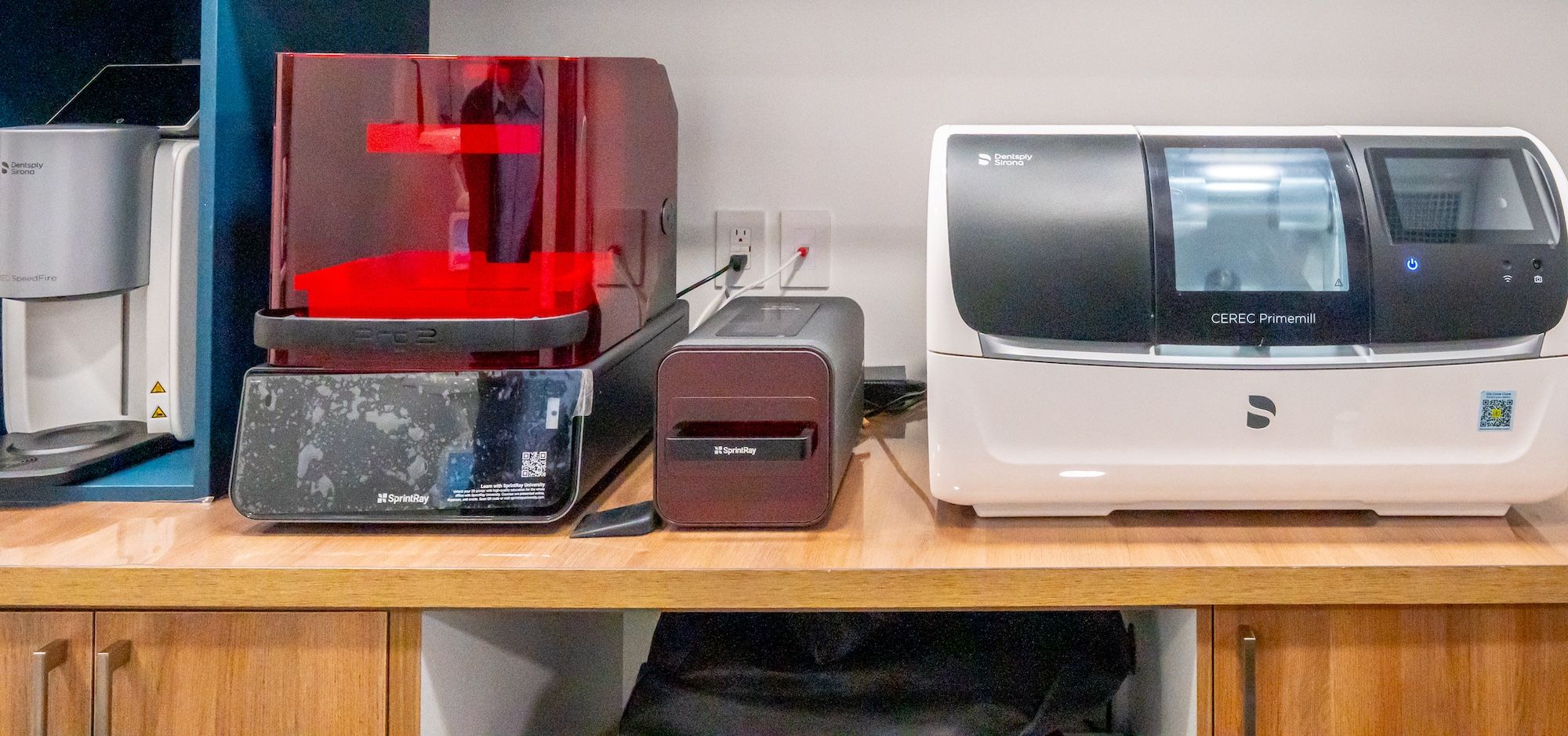01Important Steps for Sterilization at the Dentist Office
At our practice, we prioritize your health and safety by maintaining rigorous sterilization protocols for all instruments. Each instrument undergoes a meticulous cleaning process using an ultrasonic cleaner to remove debris and contaminants. Following this, instruments are sterilized in an autoclave, a state-of-the-art device that uses steam and high pressure to eliminate bacteria, viruses, and fungi effectively.
Our team is committed to adhering to strict sterilization guidelines recommended by dental associations to ensure that every instrument is thoroughly sterilized before each use. Rest assured, your well-being is our top priority, and we take every measure to provide a clean and sterile environment for your dental care.
02Important Steps for Sterilization at the Dentist Office
CAD/CAM stands for Computer-Aided Design and Computer-Aided Manufacturing. These technologies help design and create custom dental restorations like crowns, bridges, and veneers with high precision.
CAD/CAM technology offers a fast, accurate, and comfortable way to receive high-quality dental care, ensuring you get the best results with minimal hassle.
- 1. Digital Impressions: A digital scanner takes an accurate image of your teeth.
- 2. Design: The image is used to design your restoration on a computer.
- 3. Manufacturing: The design is sent to a machine that creates your custom restoration from high-quality materials.
- Precision: Ensures a perfect fit for your restoration.
- Speed: Reduces the number of visits needed for your treatment.
- Comfort: Digital impressions are quick and easy compared to traditional molds.
- Durability: Provides strong, long-lasting restorations.

03Important Steps for Sterilization at the Dentist Office
CAD/CAM stands for Computer-Aided Design and Computer-Aided Manufacturing. These technologies help design and create custom dental restorations like crowns, bridges, and veneers with high precision.
CAD/CAM technology offers a fast, accurate, and comfortable way to receive high-quality dental care, ensuring you get the best results with minimal hassle.
- 1. Digital Impressions: A digital scanner takes an accurate image of your teeth.
- 2. Design: The image is used to design your restoration on a computer.
- 3. Manufacturing: The design is sent to a machine that creates your custom restoration from high-quality materials.
- Precision: Ensures a perfect fit for your restoration.
- Speed: Reduces the number of visits needed for your treatment.
- Comfort: Digital impressions are quick and easy compared to traditional molds.
- Durability: Provides strong, long-lasting restorations.